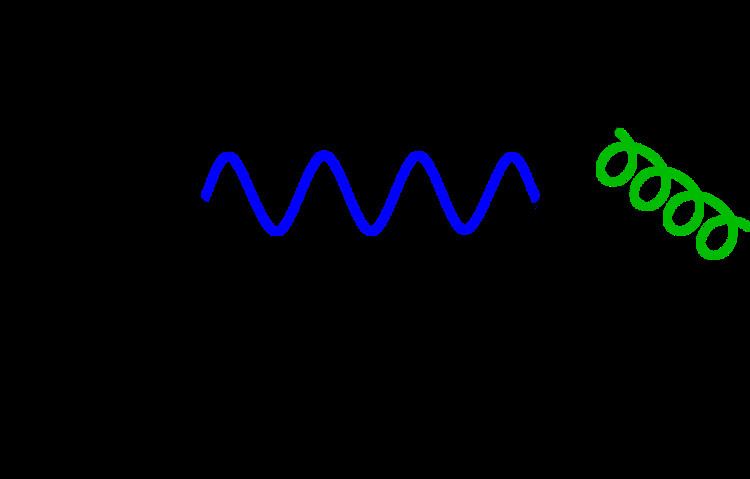 | ||
In quantum field theory the vacuum expectation value (also called condensate or simply VEV) of an operator is its average, expected value in the vacuum. The vacuum expectation value of an operator O is usually denoted by
This concept is important for working with correlation functions in quantum field theory. It is also important in spontaneous symmetry breaking. Examples are:
The observed Lorentz invariance of space-time allows only the formation of condensates which are Lorentz scalars and have vanishing charge. Thus fermion condensates must be of the form
In some vacua of string theory, however, non-scalar condensates are found. If these describe our universe, then Lorentz symmetry violation may be observable.
